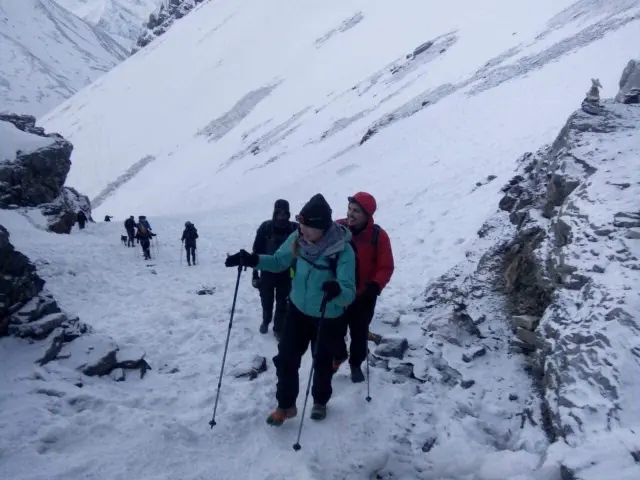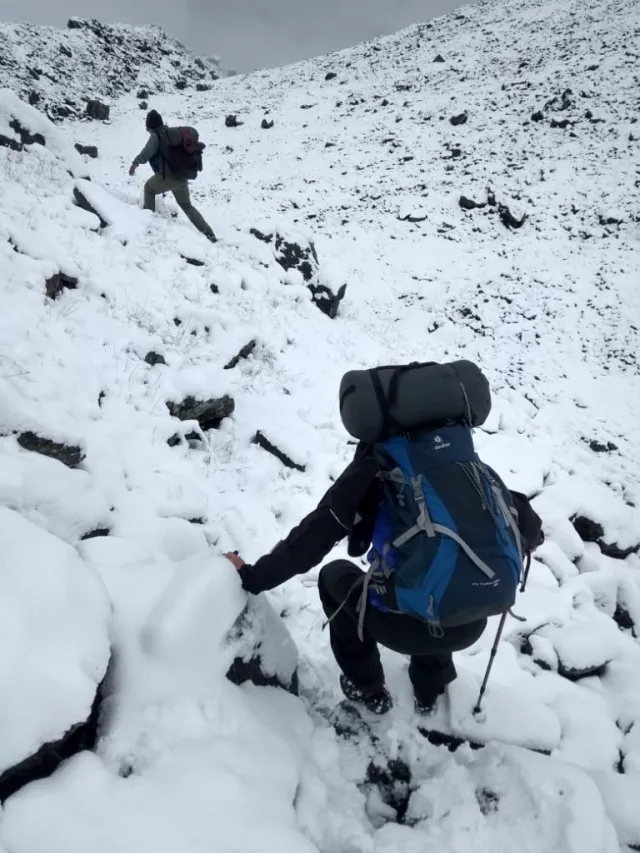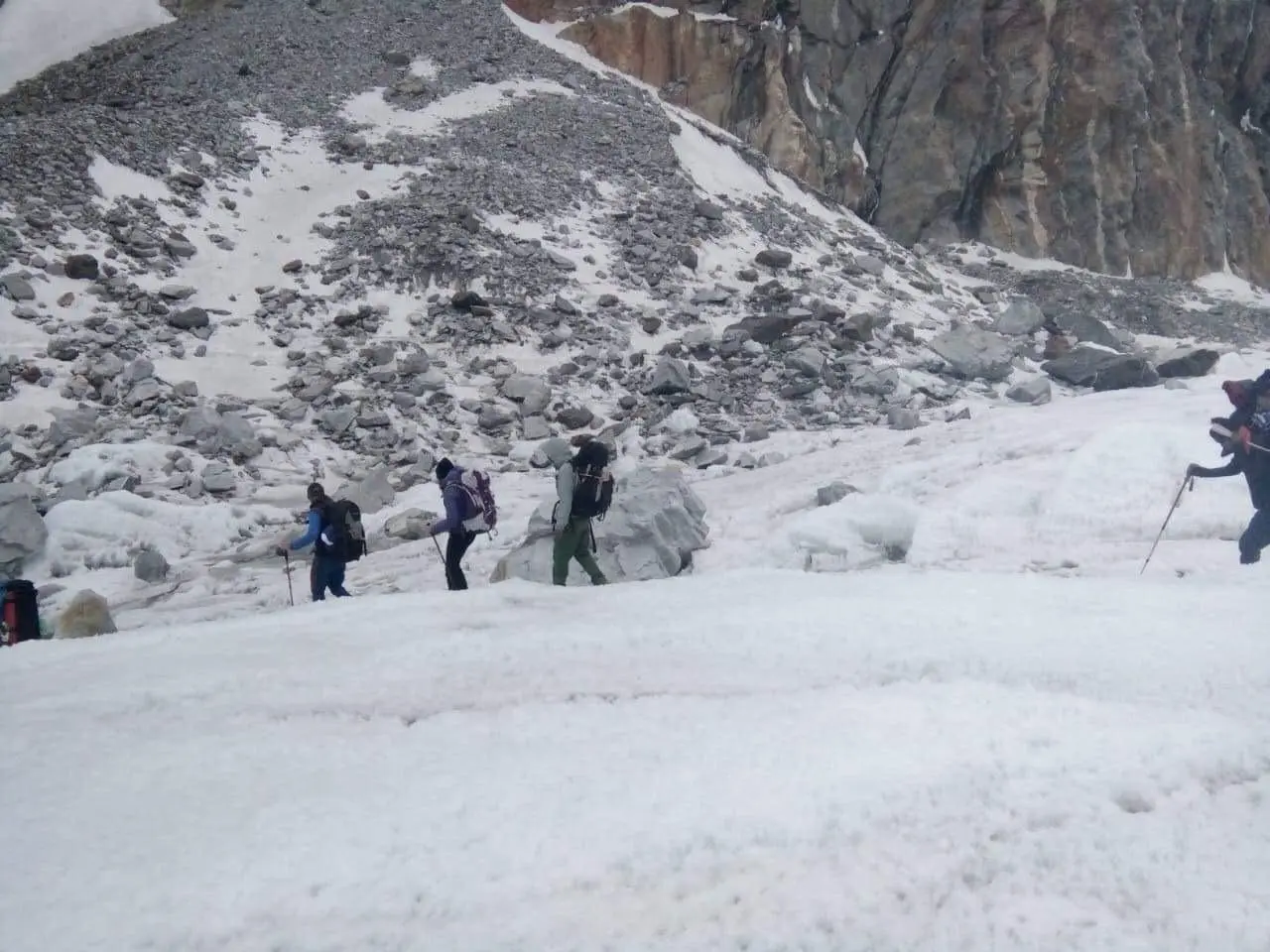Annapurna Base Camp Trek is reopened for trekking: Annapurna region is safe for the trekkers.
The Annapurna Base Camp Trek is reopened for trekking
The Annapurna Region has come into life after a month of shutting down the Annapurna Base Camp Trekking trails due to security issues. The Trekkers Agencies’ Association of Nepal (TAAN) has reported that the trekkers started to enter into this region since Tuesday and many more were seen at the checkpoint of Chomrong on Friday, 14th February. The ABC route was closed for the safety precautions after avalanche hit the trail and swept away the 4 South Korean trekkers along with the 3 Nepali guides on 17th January. The missing trekkers are believed to have been buried under the avalanche and the rescue seems to be impossible until the snow melts. The president of the TAAN Western Region Chapter, Hari Bhujel said, “We had deployed the rescue team to search the lost trekkers after the incident; however, the heavy snowfall and strong wind after the avalanche forced to halt the rescue. The search rescue operation hasn’t become effective yet as there is still 10-12 meters high snow in that area.” He further says that once the snow starts melting, they will continue the rescue operation.  In response to the query of, “If it is possible for trekking in the Annapurna Region?” The Chairman of the Chomrong Management committee has assured that the routes blocked or damaged by avalanched have been repaired recently and the snow has been removed from the trail. Also, the weather of the region in mid-February has turned fine for trekking. Likewise, the business entrepreneurs of this region have returned to the hotels to welcome and serve the guests too. So, the Annapurna Base Camp Trek is reopened for trekking.
In response to the query of, “If it is possible for trekking in the Annapurna Region?” The Chairman of the Chomrong Management committee has assured that the routes blocked or damaged by avalanched have been repaired recently and the snow has been removed from the trail. Also, the weather of the region in mid-February has turned fine for trekking. Likewise, the business entrepreneurs of this region have returned to the hotels to welcome and serve the guests too. So, the Annapurna Base Camp Trek is reopened for trekking.
The Annapurna Base Camp Trek is reopened for trekking: How safe or difficult?
The Annapurna Base Camp Trek is once in a lifetime experience. More than 40,000 trekkers visit the Annapurna region annually. However, as the report suggests, the Annapurna Region has been the most prone area for an avalanche in the Himalayas. The back to back avalanche in two quick sessions in 2019 and 2020 has made the Annapurna Base Camp Trek difficult as well as risky. Therefore, the guides should be trained on how to prevent weather-related accidents and how to avoid avalanche-prone areas in ABC Trails. The guides and trekkers should also know the weather and terrain of this region, said by one of the committee members. In recent years, the Annapurna Region Trek has become the 2nd most popular trekking destination in Nepal. The ABC trek is a ticket to witness the mighty peaks of this region including the tenth world’s highest peak, Annapurna I. But, trekkers and trekking agencies have never found to be conscious about the risk while trekking in this region. Most of the trekking companies have failed to plan suitable itineraries for two different peak and off-seasons. Normally, they just follow the same itineraries in the winter season too which is irrelevant and is a prime cause of accidents in the Annapurna Region.  After the Annapurna Base Camp Trek is reopened for trekking, TAAN has informed the trekkers to stay on alert and to check the weather updates regularly while trekking in the off-season like winter and monsoon. "The route to ABC isn't still completely out of danger as the climate could fluctuate on 21st and 22nd and there is the possibility of snowfall on those days," said a member of TAAN. As the Annapurna Base Camp Trek is reopened for trekking, trekkers must take safety measures while trekking in the ABC Trails. One of the trekking experts of the Mountain Mart Treks and Expedition (MMT) has suggested some tips on how to trek to Annapurna Base Camp trek: While trekking in this region, the trekkers must hire the expert local guides from the authorized trekking agencies from Nepal. The guides must have knowledge about the weather and terrain of this region. Besides, Hygiene food and safe drinking water also play an important role in the high altitude trek. Most importantly, the trekkers have to ascend in slow and own walking pace under the guidance of the guides. He also suggests that the concerned authority should install weather radar for trekkers safety.
After the Annapurna Base Camp Trek is reopened for trekking, TAAN has informed the trekkers to stay on alert and to check the weather updates regularly while trekking in the off-season like winter and monsoon. "The route to ABC isn't still completely out of danger as the climate could fluctuate on 21st and 22nd and there is the possibility of snowfall on those days," said a member of TAAN. As the Annapurna Base Camp Trek is reopened for trekking, trekkers must take safety measures while trekking in the ABC Trails. One of the trekking experts of the Mountain Mart Treks and Expedition (MMT) has suggested some tips on how to trek to Annapurna Base Camp trek: While trekking in this region, the trekkers must hire the expert local guides from the authorized trekking agencies from Nepal. The guides must have knowledge about the weather and terrain of this region. Besides, Hygiene food and safe drinking water also play an important role in the high altitude trek. Most importantly, the trekkers have to ascend in slow and own walking pace under the guidance of the guides. He also suggests that the concerned authority should install weather radar for trekkers safety.






